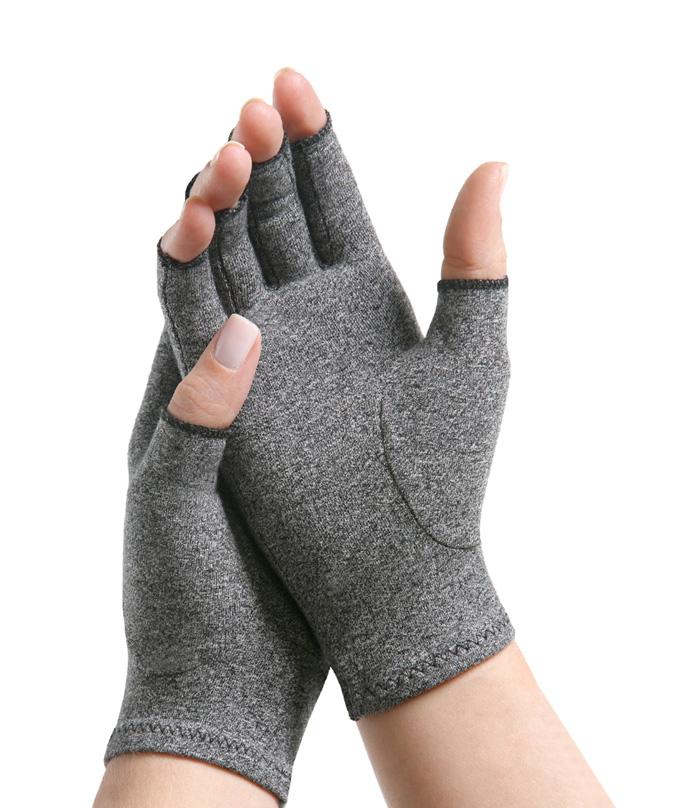What Is Bursitis? Causes, Symptoms & Treatment Options
Bursitis is a painful and debilitating problem which involves tiny fluid-filled pads named bursae or bursa, hence the term, bursitis.
These tiny bursae cushion the bones, muscles, and tendons near joints. Bursitis is a condition that occurs when bursae get irritated and inflamed.
Bursitis typically occurs in the elbows, shoulders, or hips. However, bursitis in the heel, knee, and big toe are also highly possible. Bursitis is common in regions which frequently undergo repetitive motion.
Signs and Symptoms Of Bursitis
The signs and symptoms of bursitis include:
- Achiness around the affected region
- Stiffness of the joint
- The affected region appears swollen and red
- The region hurts the most when you press on it
Causes
Bursitis is commonly caused by repetitive movement of a joint or taking up positions which irritate the bursae at a particular joint.
Some examples of movements that irritate bursae include:
- Throwing a ball repeatedly
- Continuously lifting an object over your head
- Prolonged sitting, especially on hard chairs or surfaces
- Excessive kneeling, for example, while doing tasks such as scrubbing floors
There are certain bursae that lie right underneath the skin, such as in the case of your knee or elbow. These regions are most susceptible to puncture wounds which can result in infections of the bursae – a condition called septic bursitis.
Shoulder Joint With Normal Size Bursa

Shoulder Joint With Swollen Bursa
When to Seek Medical Assistance for Swollen Bursae or Bursa
Make sure you see a healthcare provider as soon as possible if you experience any of the following:
- Disabling pain in the joint
- Pain which lasts for more than 1-2 weeks
- A sharp, shooting pain particularly while exercising or working
- Excessive bruising, redness and swelling in the affected region
- A rash in the effected region
- The condition is accompanied by a fever
Bursitis Treatment Options
Treatment for bursitis typically involves conservative approaches:
- Rest the affected area and avoid moving it
- Apply ice to the affected region to control swelling
- Immobilize the affected region with a strap. Some good options include the McDavid Elbow Wrap 488 for the elbow, the OS1st KS7 Knee Sleeve for the knee, the McDavid Adjustable Wrist Wrap 451 for the wrist, the Neo G Airflow Ankle Support for the ankle, and the McDavid Shoulder Wrap 463 for the shoulder. You can check out this article: Rotator Cuff Injury
- If you’ve injured your knee, make sure you cushion it by keeping a small cushion between your legs if you sleep on your side
- Take OTC pain medication such as ibuprofen and naproxen to relieve pain and inflammation
- If you’ve injured your elbow, avoid applying pressure to your elbow by not applying weight to it while rising from a lying position or by leaning on it
If conservative treatment doesn’t work, consider the following methods:
- Medication
In case an infection inflames a bursa, see your doctor to be prescribed with antibiotics.
- Injections
Your doctor may inject corticosteroid drugs to the affected bursa to reduce inflammation and relieve pain
- Therapy
Physical therapy and exercises may be recommended to strengthen muscles and restore range of motion of your joints in order to prevent the condition from recurring and to ease pain
- Surgery
Surgery is often the last resort in most cases but if the above-mentioned treatments won’t work, it would be the only option left. The surgeon will surgically drain the inflamed bursa or on rare occasions, surgically remove it.
Image Re-Use
You are allowed to re-use the image with the BodyHeal.com logo on your website or any online publication as long as the proper creditation is given to BodyHeal.com.au. You can link back to our homepage, https://www.bodyheal.com.au/ or this article at https://bodyheal.myshopify.com/blogs/injury-treatment/what-is-bursitis-causes-symptoms-treatment-options







Leave a comment